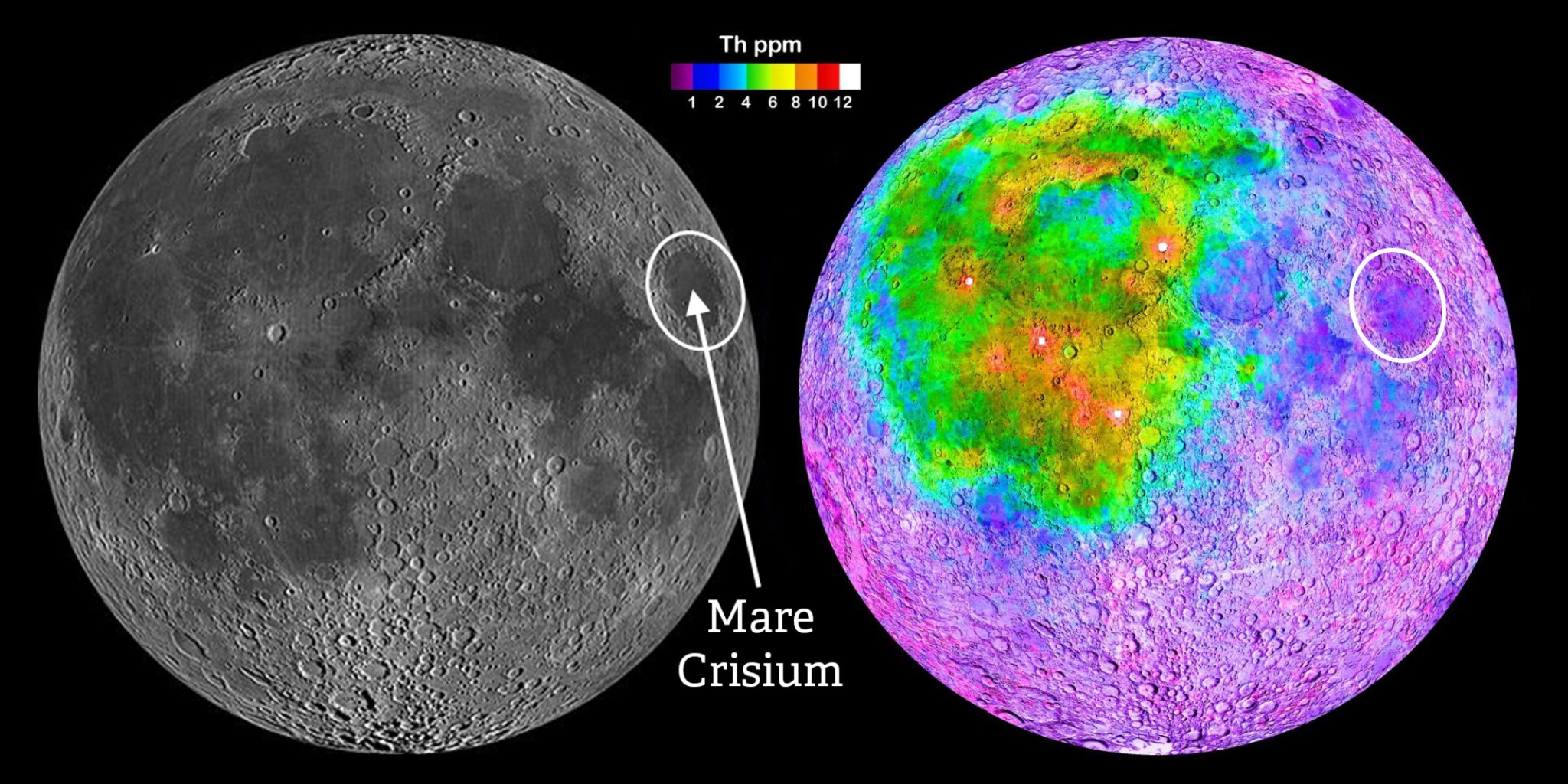NASA Instrument on Firefly’s Blue Ghost Lander to Study Lunar Interior
4 min read
Preparations for Next Moonwalk Simulations Underway (and Underwater)
LMS instrument aboard the Blue Ghost Lander heading to Mare Crisium in mid-January
As part of its Artemis campaign, NASA is developing a series of increasingly complex lunar deliveries and missions to ultimately build a sustained human presence at the Moon for decades to come. Through the agency’s CLPS (Commercial Lunar Payload Services) initiative, commercial provider Firefly’s Blue Ghost lander will head to the Moon’s Mare Crisium for a 14-day lunar lander mission, carrying NASA science and technology that will help understand the lunar subsurface in a previously unexplored location.

Developed by the Southwest Research Institute (SwRI), NASA’s Lunar Magnetotelluric Sounder (LMS) will probe the interior of the Moon to depths of up to 700 miles, two-thirds of the way to the lunar center. The measurements will shed light on the differentiation and thermal history of our Moon, a cornerstone to understanding the evolution of solid worlds.
Magnetotellurics uses natural variations in surface electric and magnetic fields to calculate how easily electricity flows in subsurface materials, which can reveal their composition and structure.
“For more than 50 years, scientists have used magnetotellurics on Earth for a wide variety of purposes, including to find oil, water, and geothermal and mineral resources, as well as to understand geologic processes such as the growth of continents,” said SwRI’s Dr. Robert Grimm, principal investigator of LMS. “The LMS instrument will be the first extraterrestrial application of magnetotellurics.”
Mare Crisium is an ancient, 350-mile-diameter impact basin that subsequently filled with lava, creating a dark spot visible on the Moon from Earth. Early astronomers who dubbed dark spots on the moon “maria,” Latin for seas, mistook them for actual seas.
Mare Crisium stands apart from the large, connected areas of dark lava to the west where most of the Apollo missions landed. These vast, linked lava plains are now thought to be compositionally and structurally different from the rest of the Moon. From this separate vantage point, LMS may provide the first geophysical measurements representative of most of the Moon.
NASA’s Goddard Space Flight Center
The LMS instrument ejects cables with electrodes at 90-degree angles to each other and distances up to 60 feet. The instrument measures voltages across opposite pairs of electrodes, much like the probes of a conventional voltmeter. The magnetometer is deployed via an extendable mast to reduce interference from the lander. The magnetotelluric method reveals a vertical profile of the electrical conductivity, providing insight into the temperature and composition of the penetrated materials in the lunar interior.
“The five individual subsystems of LMS, together with connecting cables, weigh about 14 pounds and consume about 11 Watts of power,” Grimm said. “While stowed, each electrode is surrounded by a ‘yarn ball’ of cable, so the assembly is roughly spherical and the size of a softball.”
The LMS payload was funded and will be delivered to the lunar surface through NASA’s CLPS initiative. Southwest Research Institute based in San Antonio built the central electronics and leads the science investigation. NASA’s Goddard Space Flight Center in Greenbelt, Maryland, provided the LMS magnetometer to measure the magnetic fields, and Heliospace Corp. provided the electrodes used to measure the electrical fields.
Under the CLPS model, NASA is investing in commercial delivery services to the Moon to enable industry growth and support long-term lunar exploration. As a primary customer for CLPS deliveries, NASA aims to be one of many customers on future flights. NASA’s Marshall Space Flight Center in Huntsville, Alabama, manages the development of seven of the 10 CLPS payloads carried on Firefly’s Blue Ghost lunar lander.
Media Contact: Rani Gran
NASA’s Goddard Space Flight Center, Greenbelt, Maryland
Share
Details
Related Terms
 January 10, 2025 at 08:35PM from NASA https://ift.tt/aNoQ0E2
January 10, 2025 at 08:35PM from NASA https://ift.tt/aNoQ0E2
Comments
Post a Comment